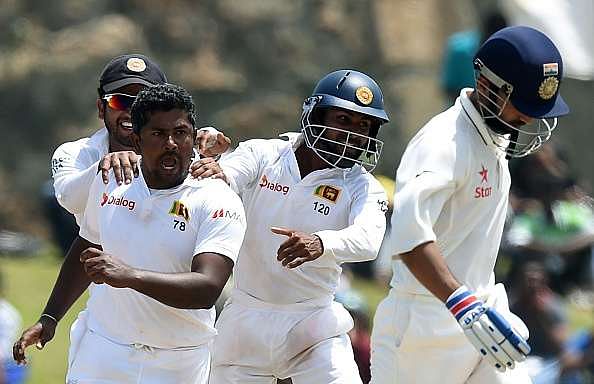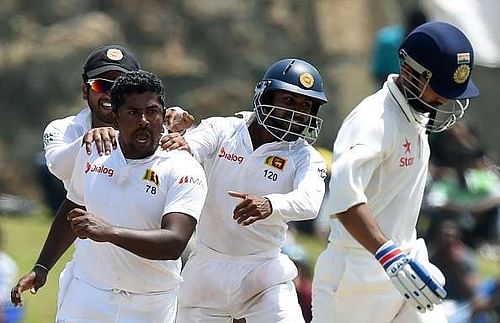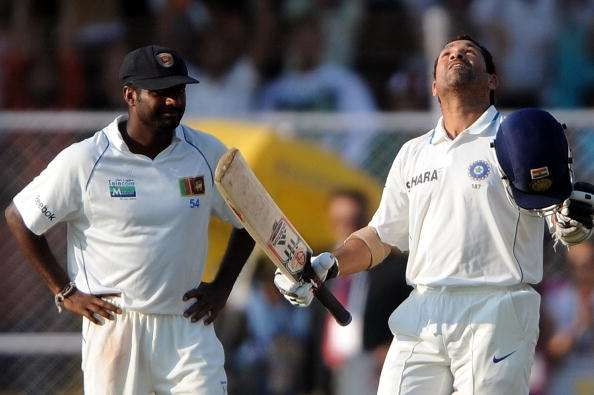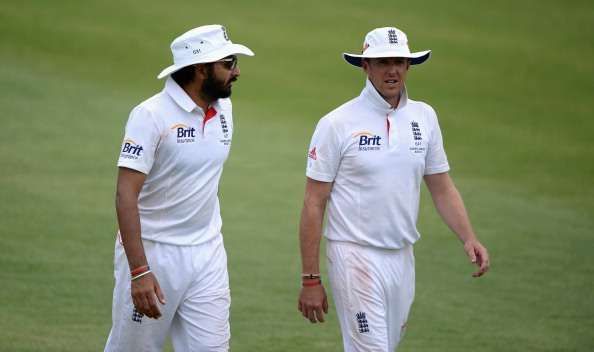
Looking at India's struggles against spin in the recent past
India’s cricket history has been based on rhetoric as much as it has been based on nostalgia. Every generation of cricketers is compared with the era gone by, and Indians have had divided opinions about how one newbie has or hasn’t been able to fill in the shoes of a legend who left behind a legacy to be carried.
Soliloquies have been sung as well as effigies have been burnt, and a common Indian cricket fan, drunk on the memories of the past, wants to continuously dwell in it without realizing the fact that the very essence of any sport is, change.
Teams change and so do cricketers, and the ardent followers of the game have to realize that their expectations have to change too and that they have to be patient with the side they support and let it transform.
The history: India’s dominance against spin bowling
It is on the lines of this method of thinking that a contentious issue has evolved and has got everyone talking, not because it wasn’t prevalent earlier, but because the change this time around has been so drastic that India’s perceived strength at one point of time has now become their eventual weakness.
It wasn’t that the Indian batsmen did not give wickets to spinners earlier. It was just that India had a certain core of batsmen who knew how to tackle spin effectively in challenging conditions.
Muttiah Muralitharan has his career-best ODI figures of 7/30 against India and of the top 8 Test playing nations that he has played against, he has his second most number of ODI as well as Test wickets against India.
However, the Lankan legend’s bowling average is not very impressive against his neighboring country. His Test bowling average of 32.61 against India is his second worst after Australia, against whom he averages 36.06.
Moving on to his leg-spinning counterpart, Shane Warne’s records against India indicate that the Indian batting core had dominated world’s greatest leg-spinner, as he took the least number of wickets in both Tests (43 at 47.18) and ODIs (15 at 56.26), with the worst averages, against India amongst all the Test teams he played against.
Even Daniel Vettori has a Test bowling average of 48.42 and an ODI average of 38.18 against India. With these records of the top three non-Indian spinners, in terms of wickets taken in Tests, it is abundantly clear that India have been able to effectively tackle spin bowling.
However, blatantly stating that India have been invincible against spin bowling would be vehemently wrong, unlike what a large chunk of Indian diaspora had themselves believing. Playing spin bowling effectively doesn’t only mean not getting out to it, but also not allowing the spinners to affect the manner you play.
Good players of spin, in essence, do not allow the spinners to build pressure, especially in Test matches, and they do so with proper technique- in playing as late as possible, and as close to the body as possible- and by rotating the strike continuously.
However, it doesn’t mean that they cannot get out to them. Unplayable deliveries are always there, lapses in concentration are always there, and moreover, getting dismissed- be it to a fast bowler or to a spinner- is a part of the game.
The inevitable change since 2012
But, if there comes a situation wherein the batsmen play false shots, miss straight balls, or try to hit themselves out of a spinners grip hold, then there is a problem. The fact that it is happening, and it is happening in a country with a rich batting fraternity, is the thing that’s hurting everyone.
The inevitable change first appeared on the scene in 2012, when after drubbing the Indians 4-0 on their home turf, England visited India for a 4-match Test series.
Rahul Dravid and VVS Laxman, two of the best players of spin bowling in the history of the game had retired, and Sachin Tendulkar along with Virender Sehwag, Gautam Gambhir, and MS Dhoni were carrying the mantle in terms of experience.
Cheteshwar Pujara, Virat Kohli et al were at the beginning of their Test careers, and unfortunately, both the amateurs and the professionals faltered in this series, that resulted in the English winning back-to-back Test series against India, both at home and away.
Graeme Swann and Monty Panesar were the wreckers-in-chief in that series and returned with 20 and 17 wickets from 4 Test matches that included 3 five wickets hauls between them.
The lack of adaptability to the change in conditions from domestic cricket to international cricket was something that caused this debacle as far as the young Indian brigade was concerned.
After a brilliant double century in the first game at Ahmedabad and a hundred in the first innings in Mumbai, Pujara failed to adjust to the turning surfaces offered at the Wankhede as well as in Kolkata in the next Test, and so did Kohli. Kohli scored a ton in the 4th Test in Nagpur, but it was too late by then, as England had taken an unassailable lead in the series.
That series was the first jitter in a series of hiccups that India were to face in the coming years, especially post 2013, after the retirement of the last of fabled batting pantheon, Tendulkar.


